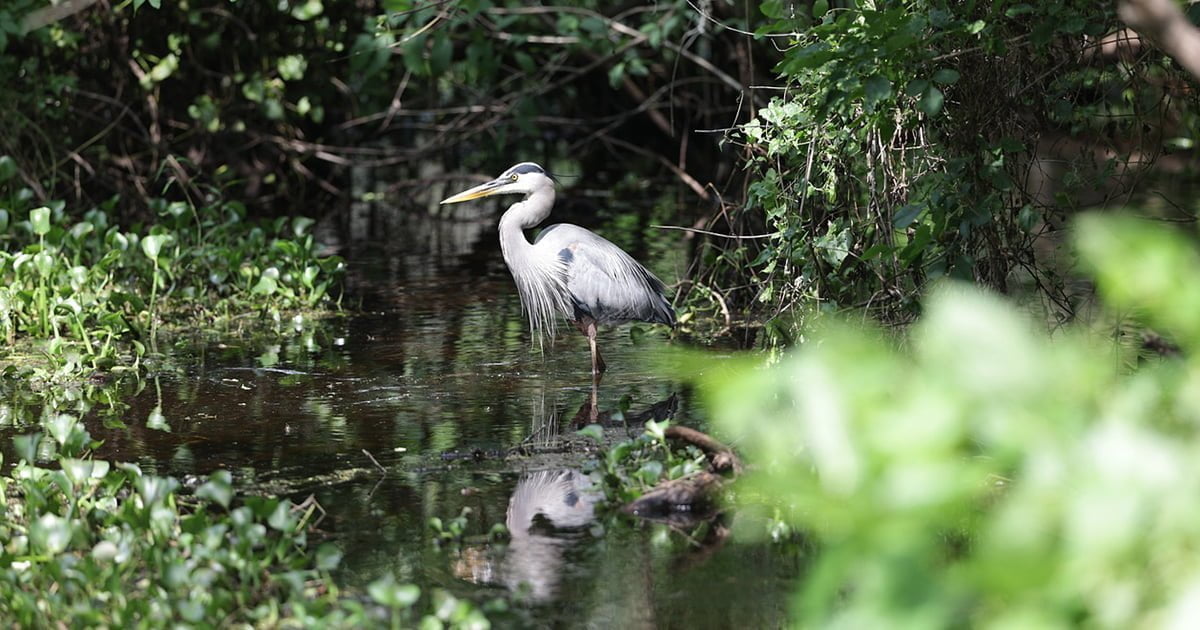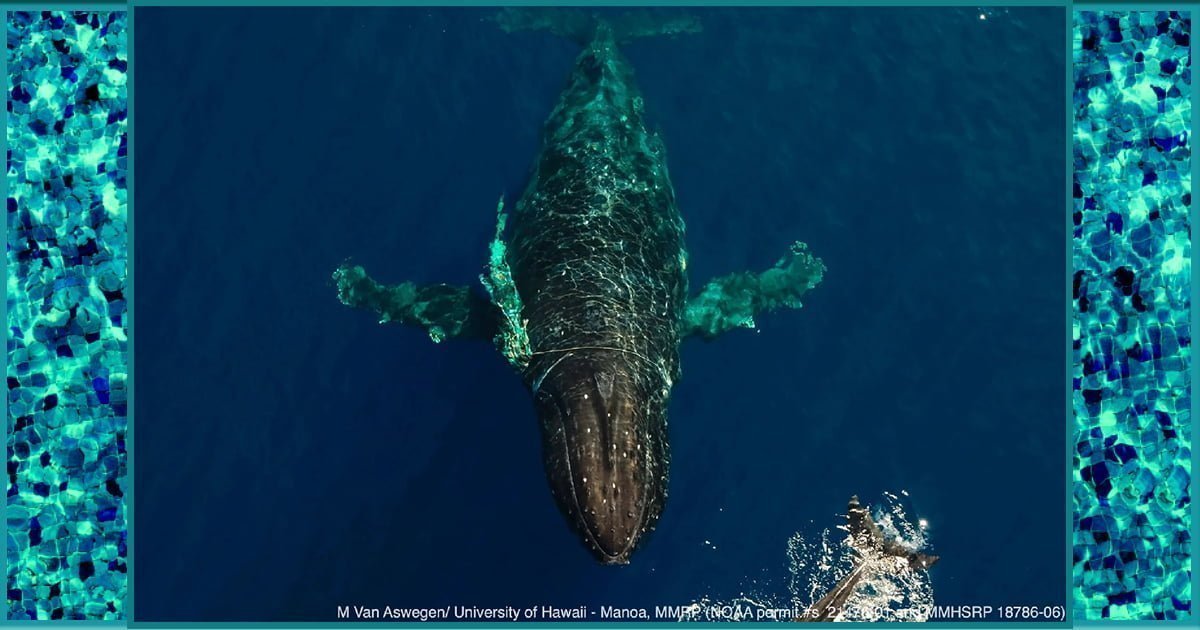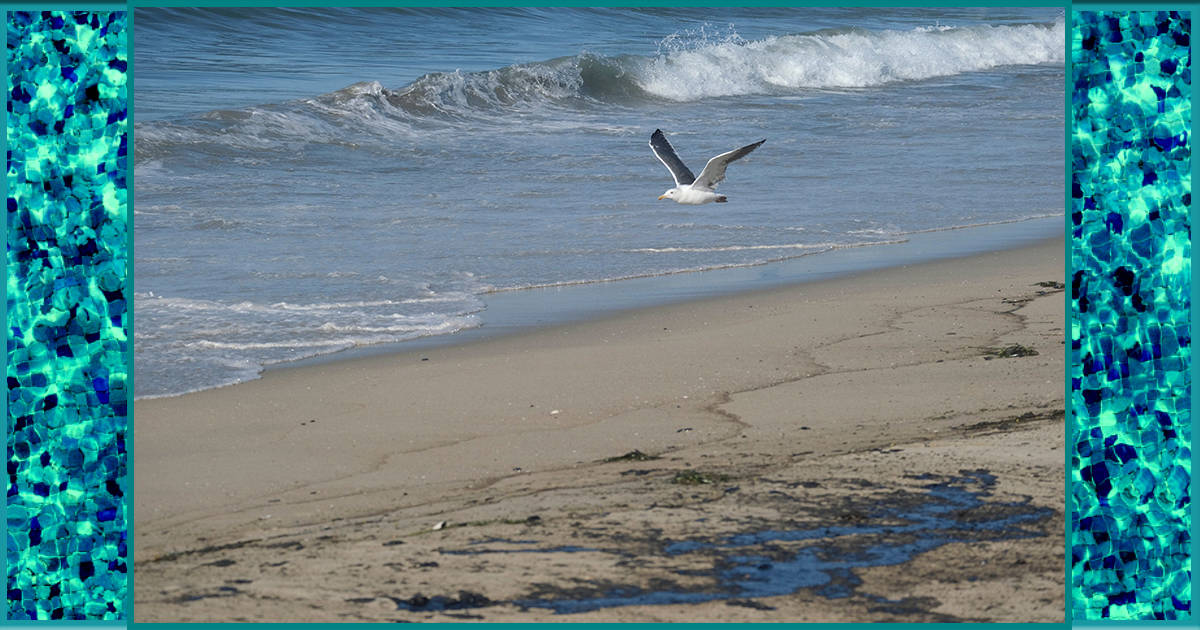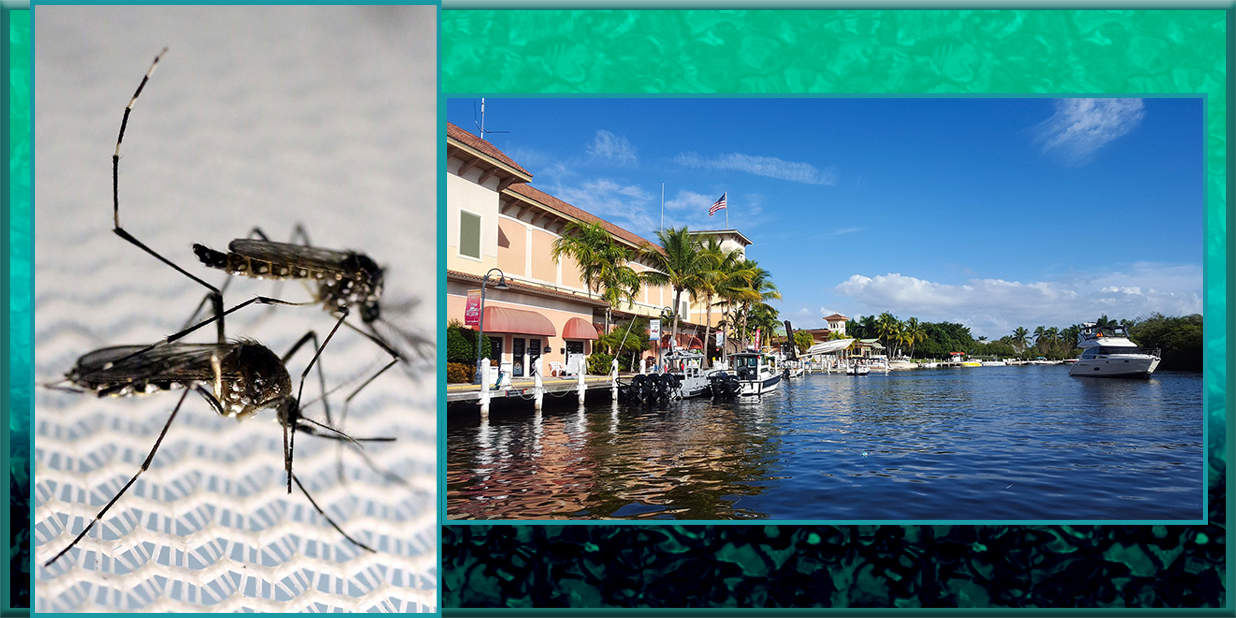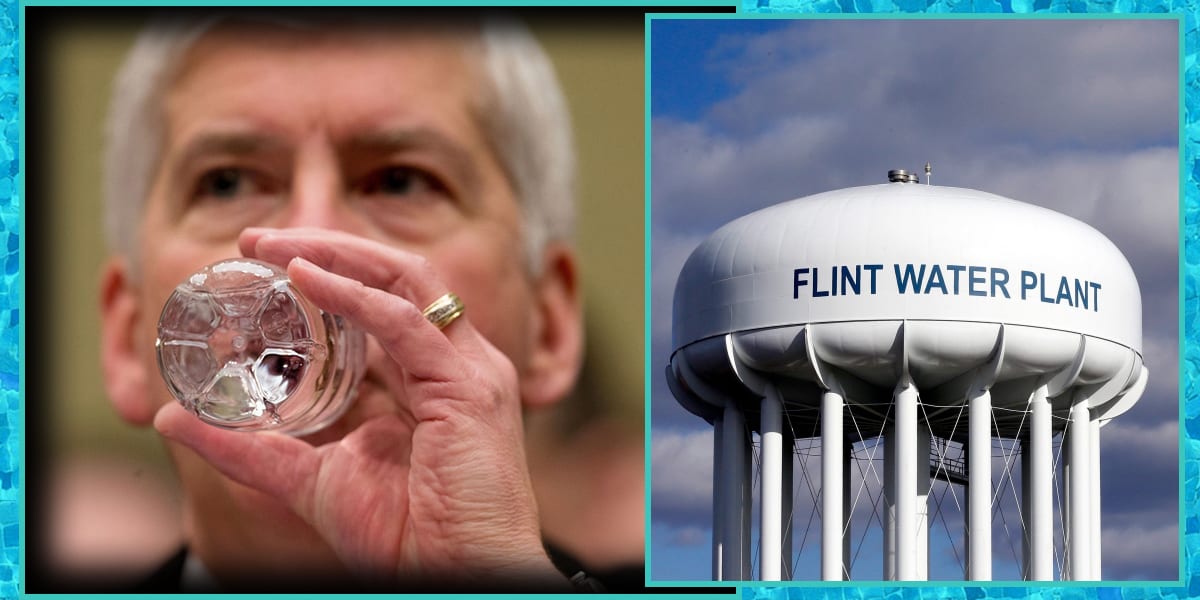The Impact of the Supreme Court Ruling on EPA Protections for Wetlands
In recent times, a pivotal Supreme Court ruling has sent ripples through the environmental landscape of the United States. This ruling, which has far-reaching implications, strips the Environmental Protection Agency (EPA) of its protective jurisdiction over more than half of the country’s wetlands. The repercussions of this decision are profound and wide-ranging, as it has shifted the responsibility of safeguarding these crucial ecosystems to individual states and tribal governments. In this article, we delve deep into the ramifications of this ruling and its potential consequences for wetlands, including vulnerable coastal wetlands and estuaries, which play a pivotal role in climate resilience.
The Supreme Court’s Decisive Action
The Supreme Court’s decision centers around the interpretation of the Clean Water Act’s scope. This landmark legislation, enacted to protect the nation’s water resources, has historically granted the EPA authority to regulate and safeguard wetlands and water bodies. However, the recent ruling has curtailed this authority, leaving a substantial portion of wetlands without federal protection. The consequences of this shift are profound, as it effectively places the future of these wetlands in the hands of state and tribal governments.
Potential for Increased Development
One immediate concern arising from this change in jurisdiction is the potential for increased development in areas that were previously under EPA protection. Wetlands have long been considered sensitive and ecologically valuable regions, providing critical functions such as water purification, flood mitigation, and wildlife habitat. With the removal of federal oversight, there is a heightened risk that these areas could face more extensive development, potentially endangering their ecological integrity.
Coastal Wetlands and Estuaries at Risk
Among the wetlands most vulnerable to this change are coastal wetlands and estuaries. These ecosystems are vital for the overall health and resilience of coastal regions, serving as natural buffers against storm surges and rising sea levels. With the EPA’s reduced role, the fate of these vital areas becomes uncertain. The potential consequences of their degradation or loss are not limited to the environmental sphere; they also pose a significant threat to the communities and economies that depend on these coastal regions.
The Role of Wetlands
Wetlands are not merely stagnant bodies of water; they are dynamic and diverse ecosystems with a multitude of functions. These functions extend beyond serving as habitat for a variety of wildlife species. Wetlands play a crucial role in:
1. Water Purification
Wetlands act as natural filters, removing pollutants and contaminants from water as it flows through their intricate networks. This function is essential for maintaining water quality and ensuring the health of aquatic ecosystems.
2. Flood Mitigation
During periods of heavy rainfall or flooding, wetlands act as sponges, absorbing excess water and reducing the risk of downstream flooding. Their capacity to store and slowly release water is a critical component of flood control.
3. Wildlife Habitat
Wetlands provide a habitat for a diverse array of wildlife, including birds, fish, amphibians, and countless species of plants. These ecosystems are often referred to as “biological supermarkets” due to their rich biodiversity.
The EPA’s Attribution of Change
The EPA attributes this significant change in its role to the constraints imposed by the Supreme Court’s ruling. While the specifics of the ruling are complex, the fundamental shift in responsibility for wetland protection is clear. As a result, the EPA must adapt to these new circumstances and work in tandem with states and tribal governments to ensure that wetlands continue to receive the protection they deserve.
In conclusion, the Supreme Court’s recent ruling, which strips EPA protections from over half of U.S. wetlands, has profound implications for the future of these vital ecosystems. The shift in responsibility to states and tribal governments raises concerns about increased development in formerly protected areas, particularly in vulnerable coastal wetlands and estuaries. The importance of wetlands in water purification, flood mitigation, and wildlife habitat cannot be overstated, and their preservation is crucial for the well-being of both the environment and society at large.
